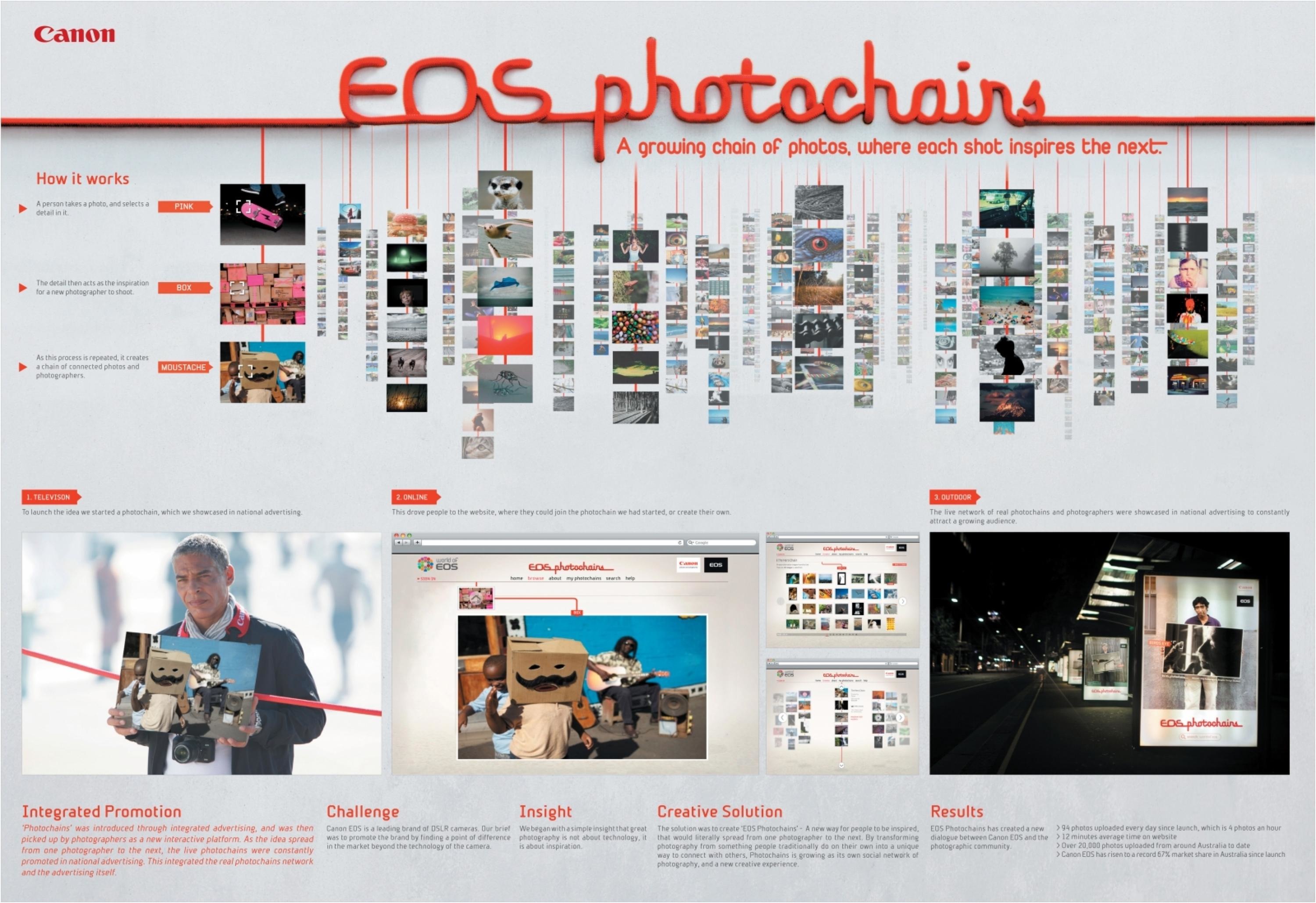Innovation > Innovation
STREETEYE
LEO BURNETT , Mumbai / ACKO INSURANCE / 2021

Overview
Credits
Overview
Why is this work relevant for Innovation?
During the monsoon season, water-logging makes it impossible for the motorcycle riders to spot the potholes while riding, making it dangerous.
Street Eye is a one-of-a-kind device that detects these submerged potholes on the road in real time. It is unique in both, its purpose as well as its execution. It can on installed on the handle of the motorbike, it combines stereo mapping technology with LIDAR, to alert commuters about hidden dangers on the road. The fact that it does that real-time sets it apart as a life-saving innovation in more ways than one.
Background
Indian roads suffer from a widespread pothole problem. One that becomes hundred times more dangerous during the rains, as submerged roads cause the potholes to become invisible.
This claims the lives of thousands of two-wheeler commuters every year.
We developed Street Eye to help them navigate the roads more safely. Our intention was to design a product that was state-of-the-art and precise in its functioning, but built in a most cost-effective manner. As we aim for it to be accessible to every last commuter and safeguard as many lives as possible. The challenges we faced were how to detect something through muddy water during heavy rains, we also need to account for the vibration of the motorbike. We experimented with cameras and sonar but then found a unique way of using LiDAR which is generally used in self-driving technology.
Describe the idea
During the Monsoons, due to heavy rains majority of India faces water-logging problem as well as the number of potholes on the road also increase. Lives are lost because fast-moving two-wheelers are unable to spot these potholes on the road, and thereby unable to avoid them or slow down to reduce the impact.
Street Eye is a motorcycle-mounted device that alerts riders to the presence of a pothole on the road ahead and helps gauge its distance. This information helps riders swerve to avoid them or even slow down in time, reducing the risk of an unfortunate accident.
We adapted the LiDAR technology to detect spacial disturbances (potholes) on the road through linear mapping.
What were the key dates in the development process?
Feb 2019
Idea generation
Initial idea was generated and evolved over a month, to its then presented form with the help of benchmarking and reverse engineering of initial concepts.
April 2019 Screening idea
A team of experts of different fields were brought in to discuss and understand,
how to get the best possible results and an efficient approach for the project
Feasability & concept development
over the next few months, testing on feasabilty was done, looking at what works and what doesnt. this really helped develop the concept.
there were mulitple failures as we tried out different technologies (camera, Sonar, LiDAR) which we thought would be efficient.
after all that trial and error, LiDAR came out as a clear winner, giving potential results to go forward.
Preliminary design & pilot runs
form and function
this stage is possibly the longest stage of development. As the form continued to change according to funtion. Roads blocks found our way at numerous occasions, sometimes relating to the electronic function and sometimes relating to the mechanics of the design. a lot of time was invested in collecting data so as the code was perfected, which was crucial to the function of the device.
the learning from these numerous pilot runs have been invaluable in creating the form.
Initial round of internal testing on the bikes have been successful.
Describe the innovation / technology
Street Eye is fitted with light-detecting stereo cams which make use of machine learning to get more efficient constantly. It is coded to perform linear mapping and detect spatial disturbances.
The main componant is the LIDAR instrument, a remote sensing method that uses light in the form of a pulsed laser to measure ranges.
Imagine a biker riding in the rains at 40 kmph. StreetEye’s beams stereo map the path ahead by taking measurements of the road ahead. Should it encounter a pothole the measurement would increase by a few centimeters signalling the device of a pothole ahead and it would immediately alert the rider through audio and visual signals. All of this, in microseconds
The device is also equipped with an electronic gyro which helps stabilise the system to the coded requirements which compensates for the Motorbike vibrations. It can also be recharged easily using a USB-A cable.
Street Eye’s development is at the penultimate stage where the preliminary design has been put through months of pilot runs. This process has helped us identify issues in electronic function and better the mechanics of the design. Studying data from multiple tests also helped perfect the code. We’re now in
Describe the expectations / outcome
Post the beta testing stage. We would seek all the necessary road transport authority permissions, we would also apply for IP65 and IP68 certification.
Street Eye will be first made available to Acko Insurance two-wheeler customers, existing as well as new. The goal, however, is to mount it on every two-wheeler across India and safeguard as many lives as possible.
More Entries from Early Stage Technology in Innovation
24 items
More Entries from LEO BURNETT
24 items












